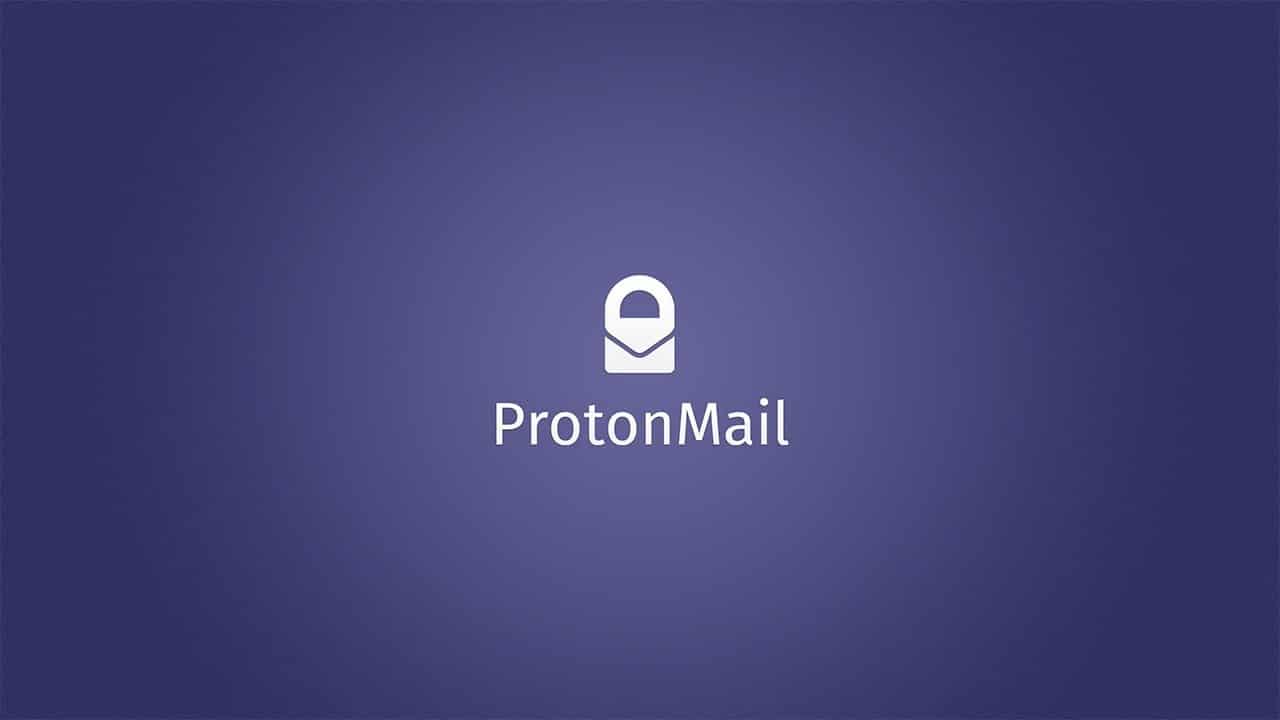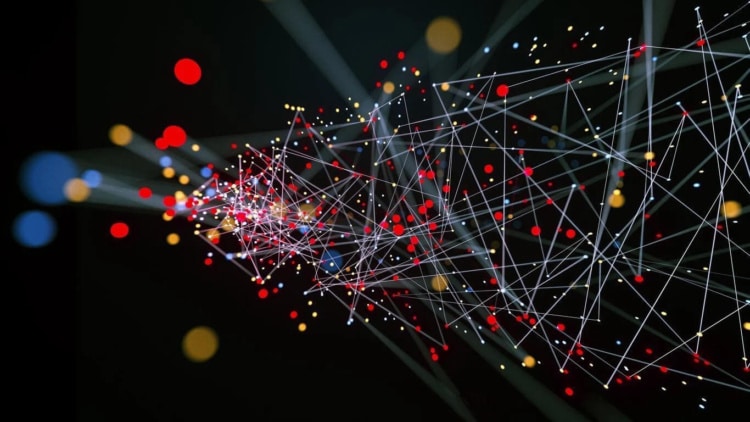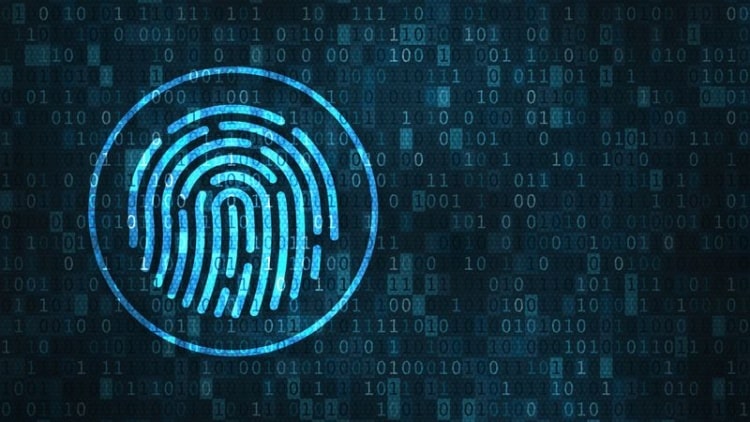As someone who has been in the tech industry for over a decade, I know firsthand how vital email privacy is. ProtonMail, with its end-to-end encryption, has quickly become a popular choice for those who value their privacy. In this article, we’ll dive into the technical details of ProtonMail’s encryption and how it keeps your emails secure.
What is End-to-End Encryption?
Before we dive into the specifics of ProtonMail, let’s first understand what end-to-end encryption is and why it’s crucial for email privacy.
End-to-end encryption (E2EE) is a method of secure communication that ensures only the intended recipients can read a message. It works by encrypting the message on the sender’s device and decrypting it on the recipient’s device, making the message unreadable to anyone who intercepts it in transit.
In today’s digital world, privacy and security are paramount. End-to-end encryption plays a significant role in protecting sensitive information from being accessed by unauthorised parties, such as hackers or even governments.
ProtonMail’s Encryption Technology
Now that we understand the concept of end-to-end encryption let’s explore how ProtonMail implements it to protect your emails.
ProtonMail utilizes OpenPGP, a widely adopted email encryption standard, to secure your messages. OpenPGP employs a combination of symmetric-key and public-key cryptography to ensure both confidentiality and authenticity.
Symmetric-Key Cryptography
In symmetric-key cryptography, the same key is used to encrypt and decrypt the message. This key must be securely exchanged between the sender and the recipient, which can be challenging.
Public-Key Cryptography
Public-key cryptography, on the other hand, uses two keys: a public key for encryption and a private key for decryption. The public key can be shared openly, while the private key must be kept secret. This method eliminates the need for secure key exchange.
ProtonMail’s Encryption Process
Here’s a step-by-step breakdown of how ProtonMail uses encryption to secure your emails:
- When you compose an email, ProtonMail automatically encrypts the message using the recipient’s public key.
- The encrypted message is then sent to ProtonMail’s servers.
- The recipient receives the encrypted email and uses their private key to decrypt the message on their device.
Another critical aspect of ProtonMail’s encryption is zero-access encryption. This means that even ProtonMail itself cannot access the contents of your messages, as they are encrypted on your device before reaching the company’s servers.
In addition to its robust encryption, ProtonMail offers several other security features to protect your emails and account:
- Two-Factor Authentication (2FA): ProtonMail supports 2FA, adding an extra layer of security to your account. With 2FA enabled, you’ll need to provide a one-time code generated by an authentication app in addition to your password when logging in.
- Self-Destructing Messages: ProtonMail allows you to send self-destructing messages with an expiration date. After the specified time, the message will be automatically deleted from both the sender’s and recipient’s inboxes.
- Password-Protected Emails: You can also send password-protected emails through ProtonMail. This feature requires the recipient to enter a password to decrypt and read the message, adding an extra layer of security.
- Address Verification: Address verification helps protect against man-in-the-middle attacks by verifying the public key of the email recipient. If the public key changes, you’ll be notified, ensuring you only send encrypted emails to verified addresses.
How ProtonMail Handles Attachments and Metadata
It’s important to note how ProtonMail handles attachments and metadata, as these can also contain sensitive information.
ProtonMail encrypts attachments using the same end-to-end encryption process as the email body. This means that only you and your intended recipient can access the contents of the attachments.
ProtonMail takes steps to protect metadata, such as the subject line and email headers. While the subject line cannot be encrypted end-to-end, ProtonMail does encrypt it on their servers. Email headers, such as the sender and recipient addresses, are necessary for email delivery and cannot be encrypted. However, ProtonMail minimizes metadata logging and stores only what is required by law.
ProtonMail’s encryption libraries and mobile apps are open source, allowing anyone to review and verify the code. This approach ensures that there are no hidden backdoors or vulnerabilities in the software.
Comparing ProtonMail with Other Secure Email Providers
The table below provides a comparison of ProtonMail with several other secure email providers: Tutanota, Mailfence, Hushmail, and Fastmail. The features listed in the table include end-to-end encryption, zero-access encryption, open-source software, two-factor authentication, self-destructing messages, password-protected emails, custom domain support, storage capacities for both free and paid plans, independent audits, transparency reports, and integrated VPN availability (specifically for ProtonVPN).
| Feature | ProtonMail | Tutanota | Mailfence | Hushmail | Fastmail |
|---|---|---|---|---|---|
| End-to-End Encryption | Yes | Yes | Yes | Yes | No |
| Zero-Access Encryption | Yes | Yes | Yes | No | No |
| Open Source | Yes | Yes | Partial | No | No |
| Two-Factor Authentication | Yes | Yes | Yes | Yes | Yes |
| Self-Destructing Messages | Yes | No | No | No | No |
| Password-Protected Emails | Yes | No | Yes | Yes | No |
| Custom Domains | Paid plans | Paid plans | Paid plans | Paid plans | Paid plans |
| Storage (Free Plan) | 500 MB | 1 GB | 500 MB | 25 MB | N/A |
| Storage (Paid Plan) | 5 GB+ | 10 GB+ | 5 GB+ | 10 GB+ | 2 GB+ |
| Independent Audits | Yes | Yes | Yes | No | No |
| Transparency Reports | Yes | No | Yes | No | No |
| Integrated VPN (ProtonVPN) | Yes | No | No | No | No |
My Conclusion
ProtonMail offers a highly secure email service with end-to-end encryption, protecting your messages from unauthorized access. Its combination of OpenPGP, zero-access encryption, and various security features ensures your emails remain private and confidential. By understanding the technical details of ProtonMail’s encryption, you can appreciate how it keeps your communications secure in a world where digital privacy is increasingly important.






